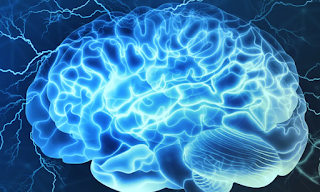T. Van der dos, M. Galesic, et al.
PNAS, 2022.
119 (10) e2117898119
Abstract
Individuals often signal identity information to facilitate assortment with partners who are likely to share norms, values, and goals. However, individuals may also be incentivized to encrypt their identity signals to avoid detection by dissimilar receivers, particularly when such detection is costly. Using mathematical modeling, this idea has previously been formalized into a theory of covert signaling. In this paper, we provide an empirical test of the theory of covert signaling in the context of political identity signaling surrounding the 2020 US presidential elections. To identify likely covert and overt signals on Twitter, we use methods relying on differences in detection between ingroup and outgroup receivers. We strengthen our experimental predictions with additional mathematical modeling and examine the usage of selected covert and overt tweets in a behavioral experiment. We find that participants strategically adjust their signaling behavior in response to the political constitution of their audiences. These results support our predictions and point to opportunities for further theoretical development. Our findings have implications for our understanding of political communication, social identity, pragmatics, hate speech, and the maintenance of cooperation in diverse populations.
Significance
Much of online conversation today consists of signaling one’s political identity. Although many signals are obvious to everyone, others are covert, recognizable to one’s ingroup while obscured from the outgroup. This type of covert identity signaling is critical for collaborations in a diverse society, but measuring covert signals has been difficult, slowing down theoretical development. We develop a method to detect covert and overt signals in tweets posted before the 2020 US presidential election and use a behavioral experiment to test predictions of a mathematical theory of covert signaling. Our results show that covert political signaling is more common when the perceived audience is politically diverse and open doors to a better understanding of communication in politically polarized societies.
From the Discussion
The theory predicts that individuals should use more covert signaling in more heterogeneous groups or when they are in the minority. We found support for this prediction in the ways people shared political speech in a behavioral experiment. We observed the highest levels of covert signaling when audiences consisted almost entirely of cross-partisans, supporting the notion that covert signaling is a strategy for avoiding detection by hostile outgroup members. Of note, we selected tweets for our study at a time of heightened partisan divisions: the four weeks preceding the 2020 US presidential election. Consequently, these tweets mostly discussed the opposing political party. This focus was reflected in our behavioral experiment, in which we did not observe an effect of audience composition when all members were (more or less extreme) copartisans. In that societal context, participants might have perceived the cost of dislikes to be minimal and have likely focused on partisan disputes in their real-life conversations happening around that time. Future work testing the theory of covert signaling should also examine signaling strategies in copartisan conversations during times of salient intragroup political divisions.
Editor's Note: Wondering if this research generalizes into other covert forms of communication during psychotherapy.








